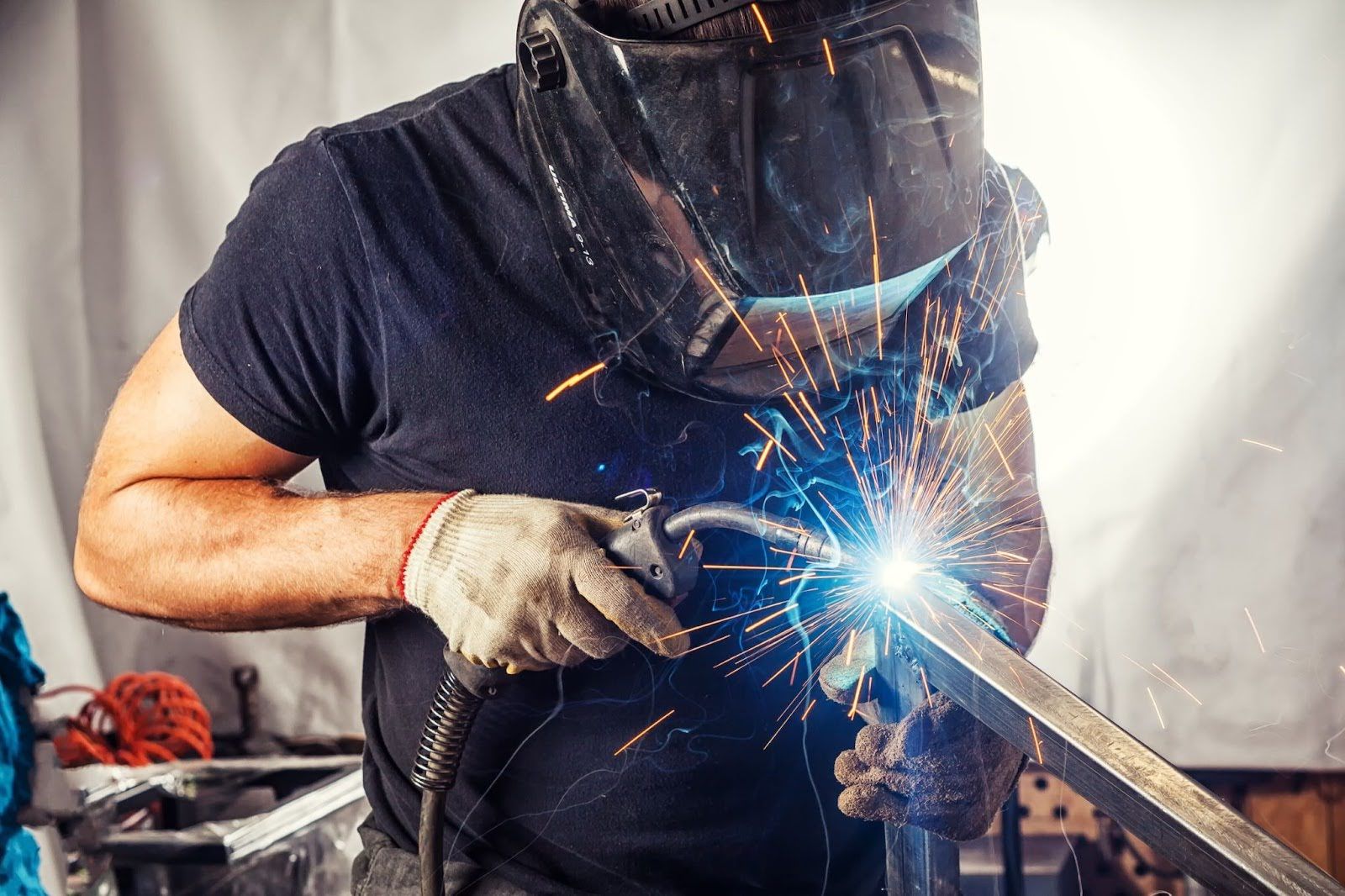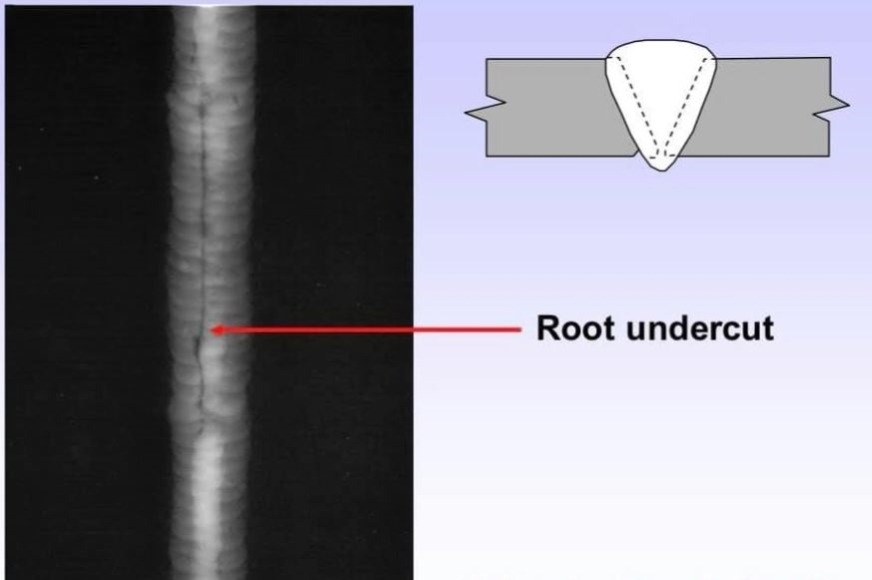Exactly How to Avoid Weld Undercut: Essential Tips for Welders
Exactly How to Avoid Weld Undercut: Essential Tips for Welders
Blog Article
Necessary Tips for Welders: Protecting Against Undercut Welding and Ensuring Stronger Weld Joints
In the world of welding, accomplishing strong and resilient weld joints is the foundation of generating high-grade work. One typical challenge that welders often run into is undercut welding, which can jeopardize the stability of the weld joint. By comprehending the factors that add to undercutting and carrying out the right strategies and precautions, welders can properly avoid this concern and guarantee the long life and stamina of their welds. Allow's check out some crucial ideas that can help welders browse this difficulty and boost the quality of their welding jobs.

Comprehending Undercut Welding
Undercut welding is an usual welding issue that happens when the weld steel falls short to correctly load the groove and results in a groove-like depression along the weld bead. This flaw deteriorates the weld joint, making it vulnerable to breaking and failure under stress and anxiety. Undercutting can be triggered by different variables, consisting of too much welding present, high welding speed, improper electrode angle, wrong electrode dimension, and inadequate welding method.
One of the primary factors for undercut welding is a discrepancy in between the welding current and the welding speed. If the welding current is as well high or the welding rate is too quickly, the weld steel may not properly load the groove, leading to undercutting. In addition, using an electrode that is too large can result in a similar end result, as the excess metal can not appropriately move right into the groove.
To protect against undercut welding, welders should ensure they are utilizing the correct welding specifications, preserve a suitable electrode angle, choose the ideal electrode size, and practice proper welding strategies. By addressing these variables, welders can reduce the risk of damaging and create stronger, more trustworthy weld joints.
Appropriate Welding Method
Effective welding technique plays an important role in guaranteeing the high quality and stability of weld joints. Correct welding strategy includes a mix of adherence, accuracy, and ability to finest techniques. One essential facet of correct welding technique is keeping the correct angle and distance between the welding weapon and the workpiece. Welders need to likewise pay attention to the traveling rate and warm input to stop issues like undercutting, porosity, or insufficient fusion.
In addition, a constant and consistent hand motion is vital for developing strong and long lasting weld joints. Welders need to intend for smooth, uniform activities to ensure even circulation of the weld product. Correct adjustment of the welding weapon and filler product is additionally vital to accomplishing ideal penetration and combination.
Furthermore, regulating the warmth input and picking the proper welding criteria based on the product being bonded are vital consider attaining top notch welds - Preventing weld undercut. Welders must follow the suggested settings supplied by welding procedure specifications and adjust them as needed based upon the certain needs of the task. By understanding proper welding methods, welders can substantially boost the stamina and integrity of their weld joints
Selecting the Right Electrode
Keeping the appropriate angle and range in between the welding gun and the work surface is essential when considering the significance of choosing the appropriate electrode in welding applications. The choice of electrode plays an essential duty in identifying the high quality and stamina of the weld joint. Electrodes can be found in numerous types, each made for specific objectives and materials.
First of all, selecting the proper electrode diameter is important. Thinner electrodes appropriate for welding thin materials, while thicker electrodes are much better for thicker products and higher heat applications. Matching the electrode diameter to the density of the work surface helps achieve a balanced weld.
Secondly, understanding the product make-up of the electrode is crucial. Different electrodes are created for welding details products like steel, stainless steel, light weight aluminum, or cast iron. Using the proper electrode product ensures great combination and reduces the danger of flaws in the weld.
Finally, taking into consideration the click for more info welding placement and method is crucial when selecting the electrode type. For example, certain electrodes are better matched for above or vertical welding settings, while others work well for flat or straight placements. Selecting the ideal electrode based on the welding strategy improves the total weld top quality and honesty.
Preparing the Base Steel
To make sure an effective welding procedure, what initial steps should be taken when preparing the base metal for welding? Furthermore, any type of existing weld product or residue from previous welding ought to be eliminated to guarantee a tidy surface area for the brand-new weld.

Performing Post-Weld Examinations

After conducting these analyses, welders should compare the outcomes versus market criteria and job demands to make certain that the weld joint meets all essential standards. Any insufficiencies or discrepancies found throughout the post-weld inspection needs to his response be without delay addressed with suitable site link restorative measures to assure the weld's honesty. By faithfully carrying out post-weld inspections and immediately addressing any kind of issues, welders can promote the top quality and integrity of their job, eventually adding to the safety and security and longevity of the welded structures.
Conclusion

Finally, protecting against undercut welding and making sure more powerful weld joints need a combination of correct welding method, picking the ideal electrode, preparing the base metal correctly, and performing post-weld evaluations. By recognizing the root causes of undercut welding and executing the required preventative measures, welders can produce top quality weld joints that meet industry requirements and make certain the structural stability of the welded elements.
Undercut welding is a typical welding issue that occurs when the weld metal stops working to appropriately load the groove and results in a groove-like clinical depression along the weld grain (Preventing weld undercut). Undercutting can be caused by numerous variables, including too much welding current, high welding rate, incorrect electrode angle, inaccurate electrode size, and bad welding method
One of the primary reasons for undercut welding is an imbalance in between the welding present and the welding speed. If the welding current is also high or the welding rate is as well quickly, the weld metal might not adequately load the groove, leading to damaging.Maintaining the correct angle and distance between the welding weapon and the work surface is basic when thinking about the significance of picking the best electrode in welding applications.
Report this page